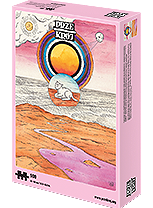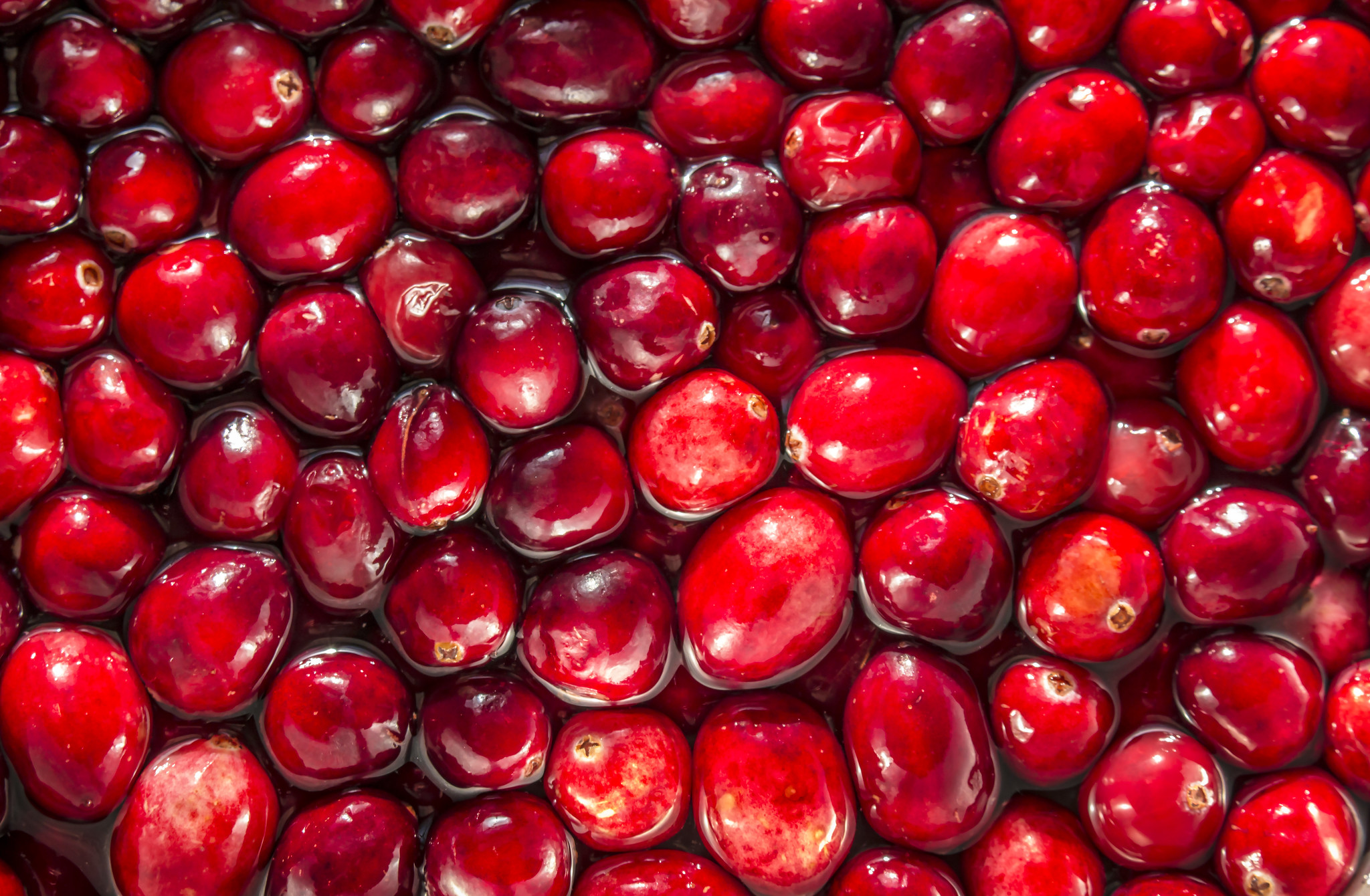
Fed up with processed foods? Here’s a dish that has accompanied humanity since the Stone Age.
It is easily digestible, alkaline and gluten-free; it contains vitamins E and B (B1, B2, B6), pantothenic acid, lecithin and silicon. Have you guessed what it is yet? Here she is, the queen of groats: millet. Millet is obtained when removing the hard husk and cleaning the grains. This is what we call groats. When crushed, they become flakes; when ground, they become fine flour.
Chinese medicine attributes it with warming properties. Millet is also rich in antioxidants – substances that trap and neutralize free radicals; it contains magnesium, calcium, phosphorus, potassium and iron, fights viruses, strengthens the immune system, and helps in upper respiratory tract infections. Complex carbohydrates and its high protein content make it very filling, and thanks to the small amount of fibre it is easy to digest. It is important to rinse or roast it before cooking (preferably doing both), and then rinse again in hot water to get rid of any impurities and bitterness.
The chemical composition of millet largely depends on where it is cultivated. Here in Poland, we can often buy millet from India or China. We do have small, native crops in the Lubuskie and Świętokrzyskie regions. That’s a shame – millet is undemanding, it can grow even in dry and barren soils.
Along with einkorn, rye, barley and lentils, millet was cultivated in the Neolithic period. Back then, there was even a cult of the Great Mother – a fertility deity. And that didn’t bother anyone, did it?





